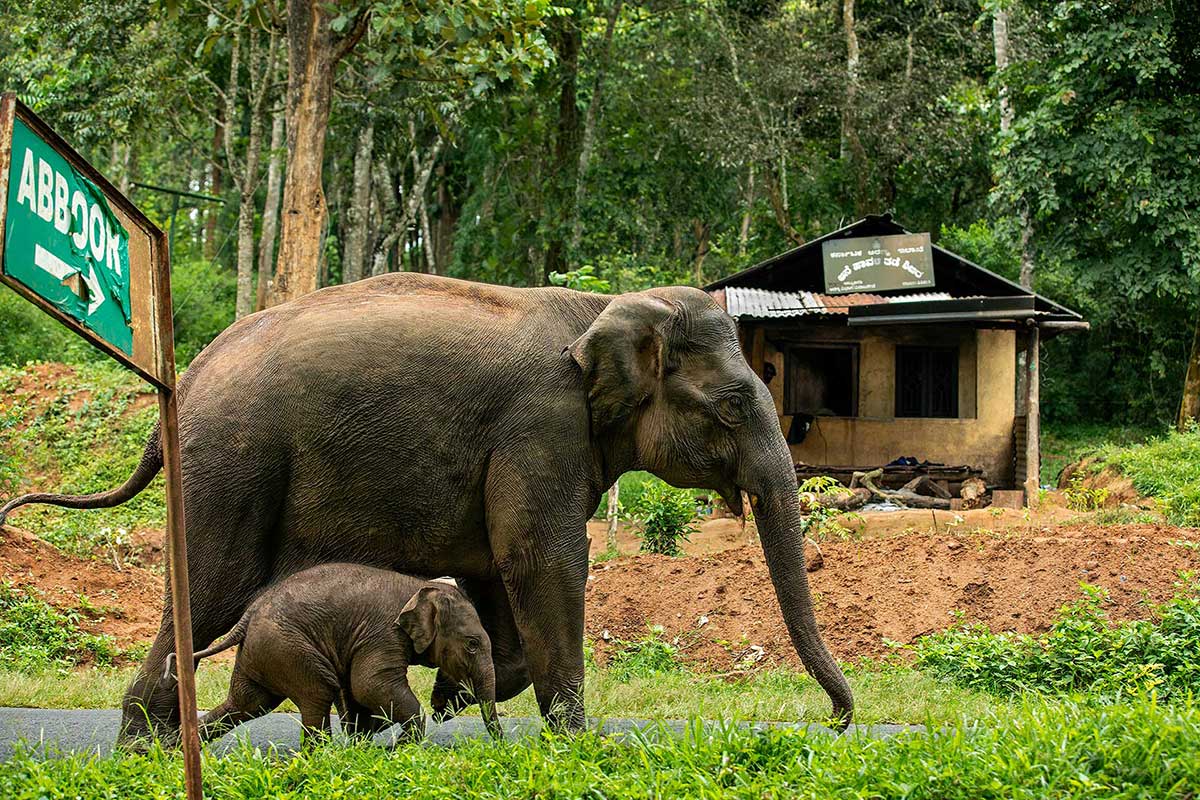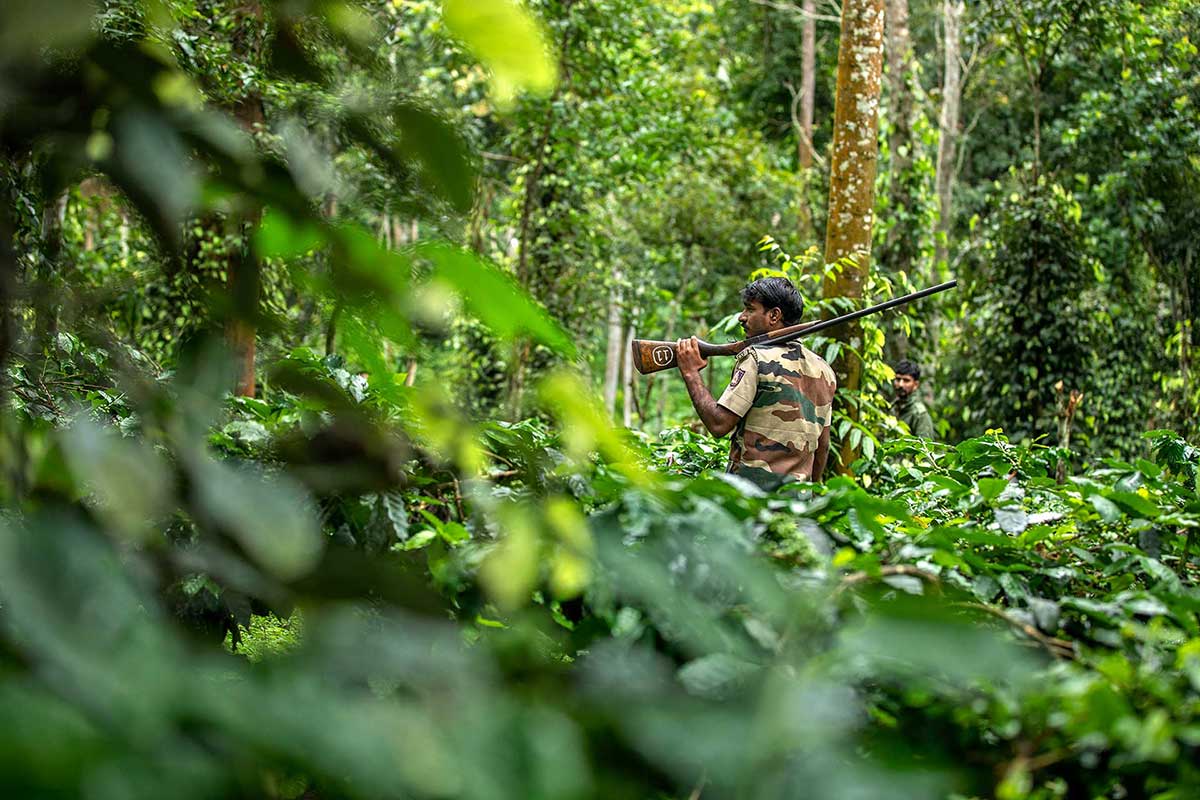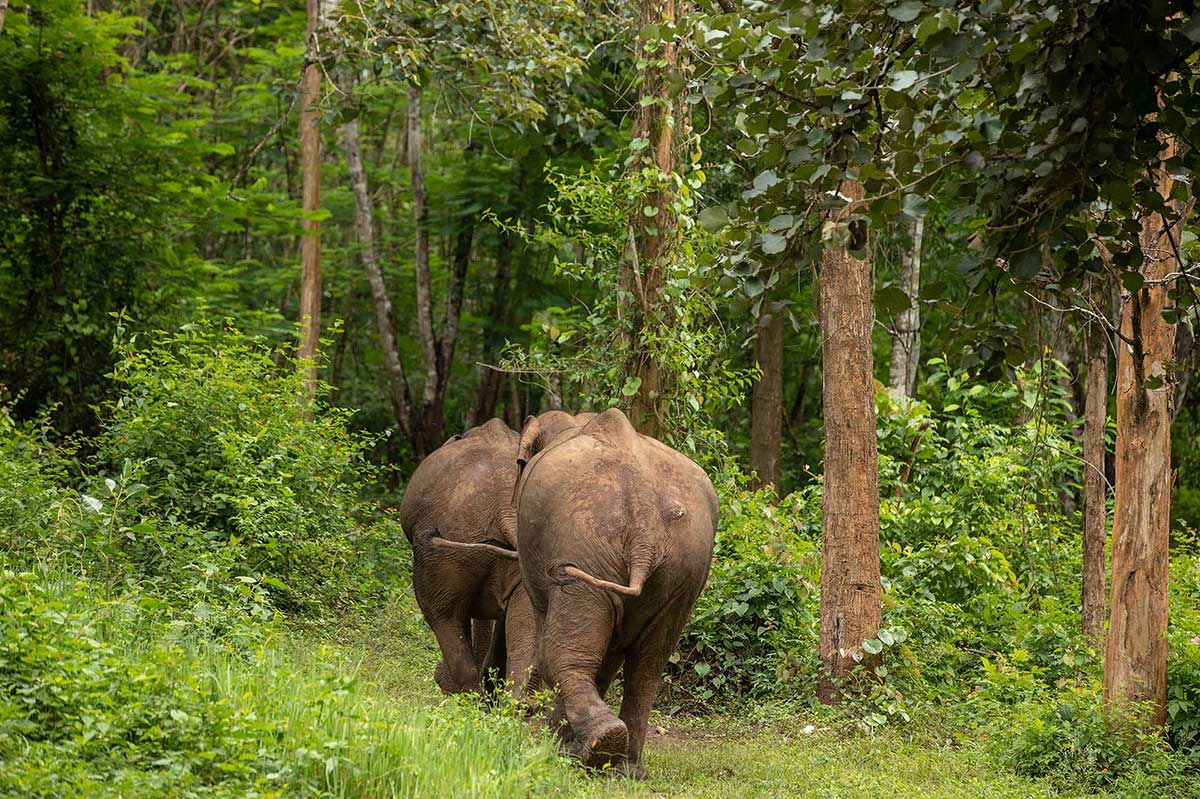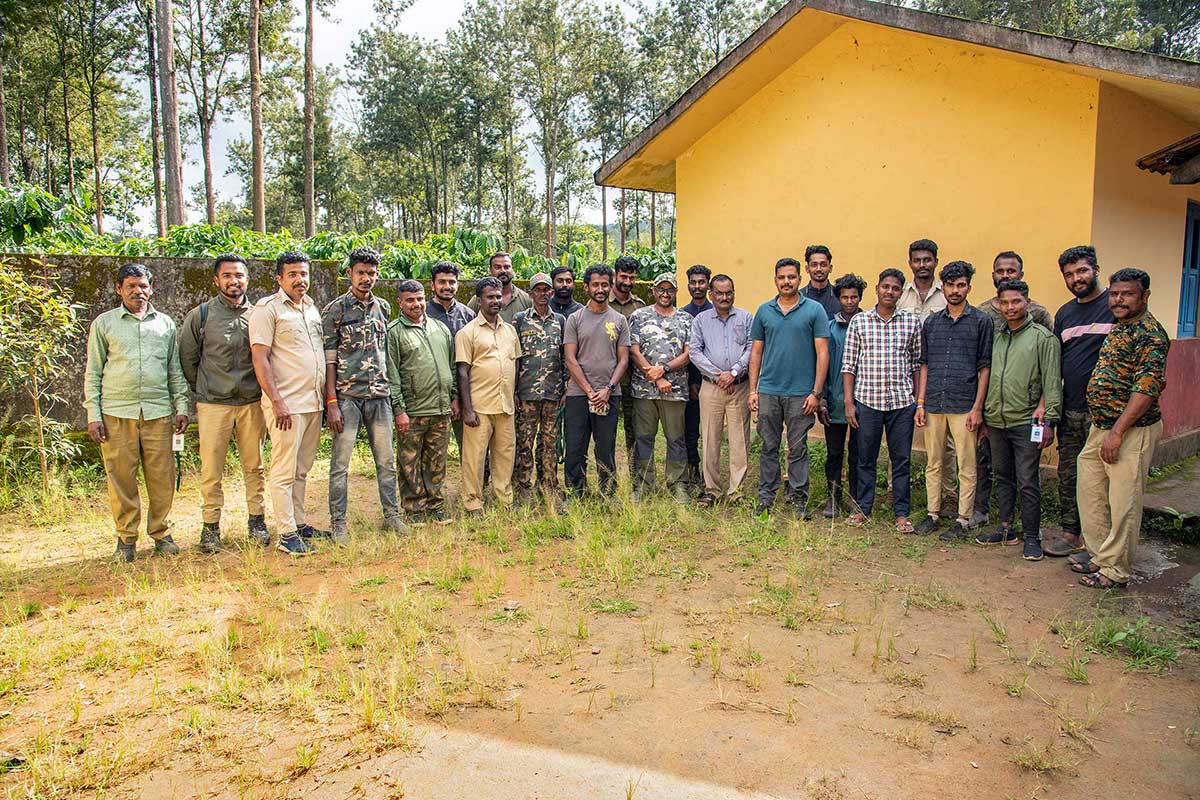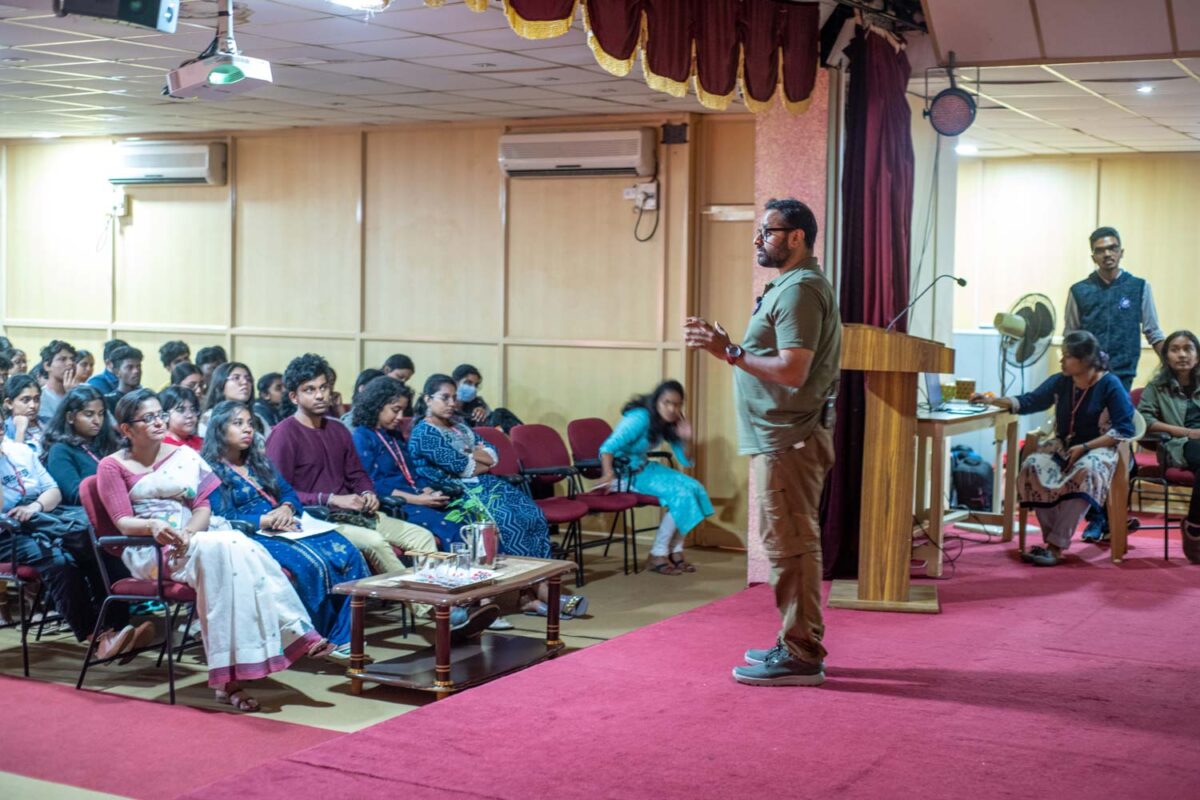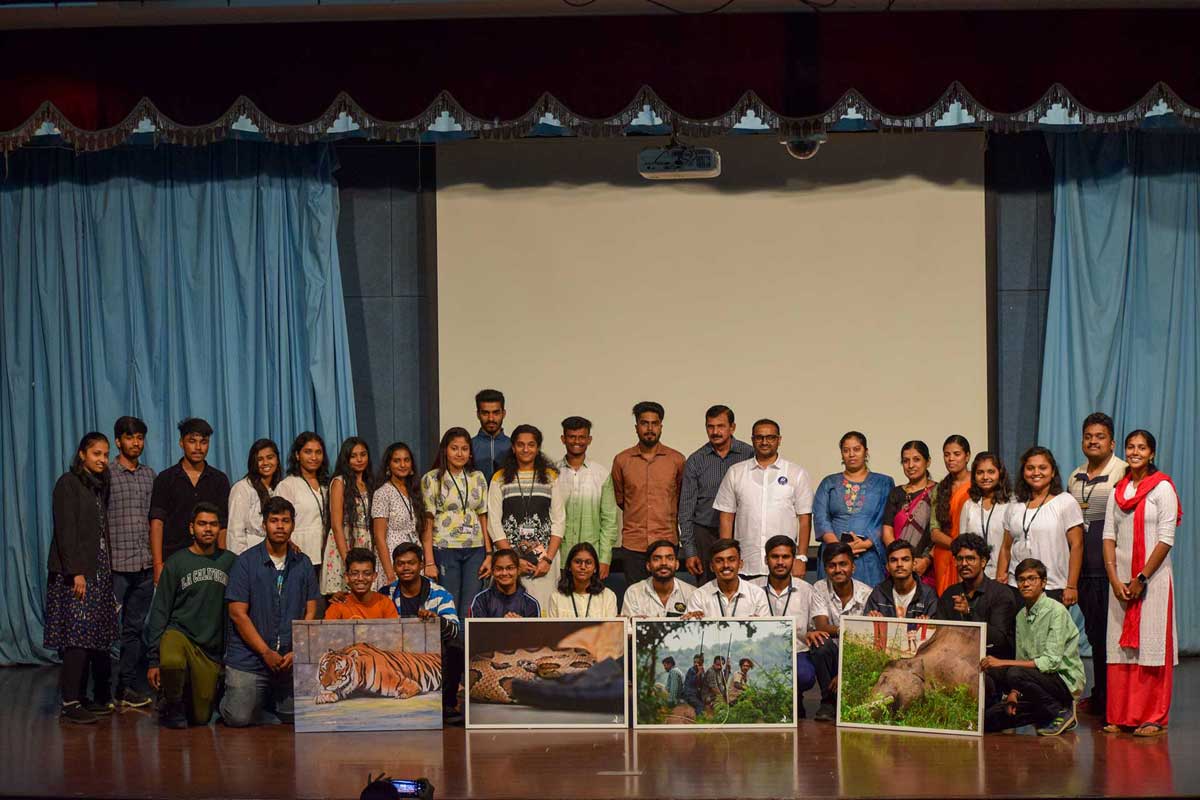Positive local perception of wildlife leading to new habitats for animals in Coorg.

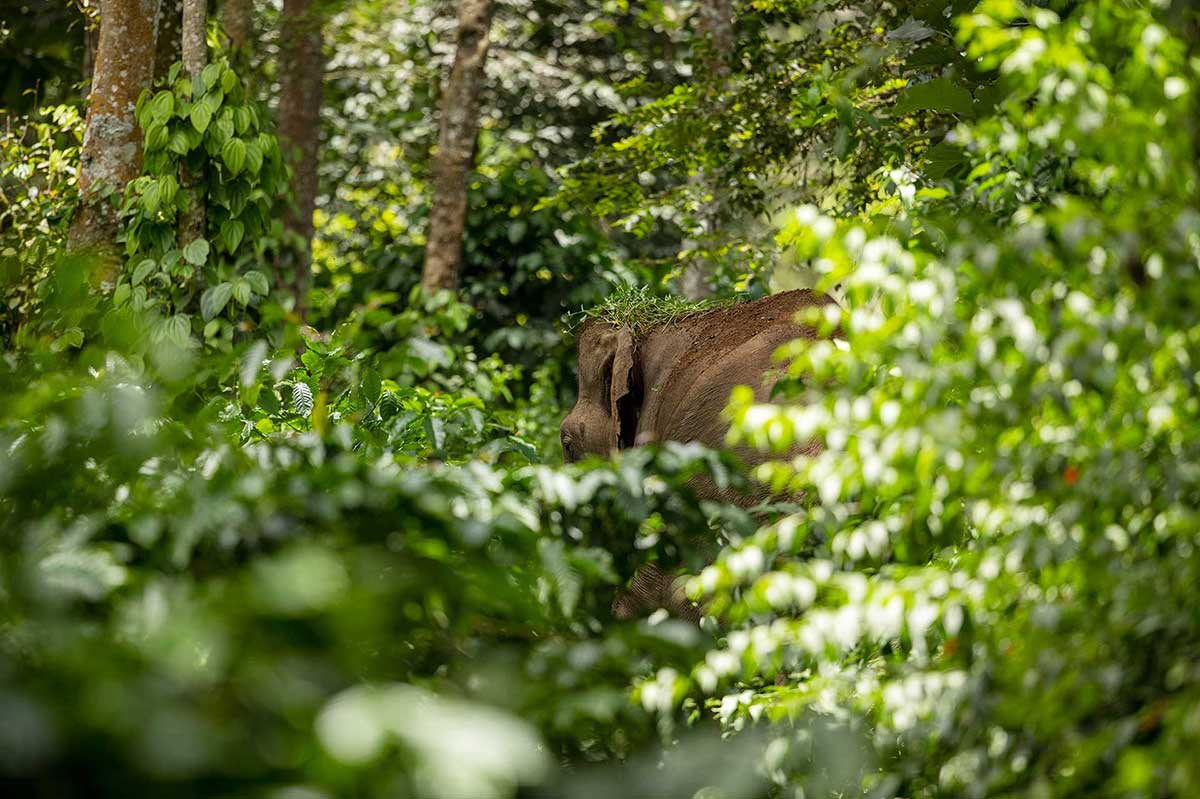
The Chennangi section of South Coorg, a part of Anechowkur range of Nagarahole Tiger Reserve, has high conflict and elephant movement. Crop damage is common, whether in areca nut or coffee plantations. Solar fences are not effective as the elephants have found ways to dodge or damage them. These crops are the major source of livelihood for the local people, creating stress and hatred towards these animals. This often results in man-animal conflict, which the forest department staff handles. However, they are under-equipped to track and scare away these animals, and proper infrastructure and shelter are lacking in some areas.
During the crop season, there is high elephant activity as there is an ample supply of food and continuous water. Bamboo forest patches in Nagarahole, which used to exist, are no longer present, and the elephants have adapted to coffee plantations. Tigers have also started to roam inside these plantations. Recently, one injured tiger was found in a water body, and it was rescued by the forest department. Unfortunately, it succumbed to internal injuries on the way to Mysore Zoo. The degradation of continuous forest patches has led these animals to use human-centric landscapes for movement, often leading to fear and conflict. A rapid response team is present to handle conflicts and emergencies, including local trackers from the Tata estate.
The major challenge is to maintain a positive perception of people and manage both animals and people during conflict. Proper compensation for crop damage may reduce conflict, but it may not be sustainable in the long run. Alternative livelihood options are limited, as most people depend on agriculture only. The adaptations of these animals into these newer habitats are going to create more conflicts and problems in the future. Finding a sustainable solution to coexist with elephants and minimize conflict is crucial.
